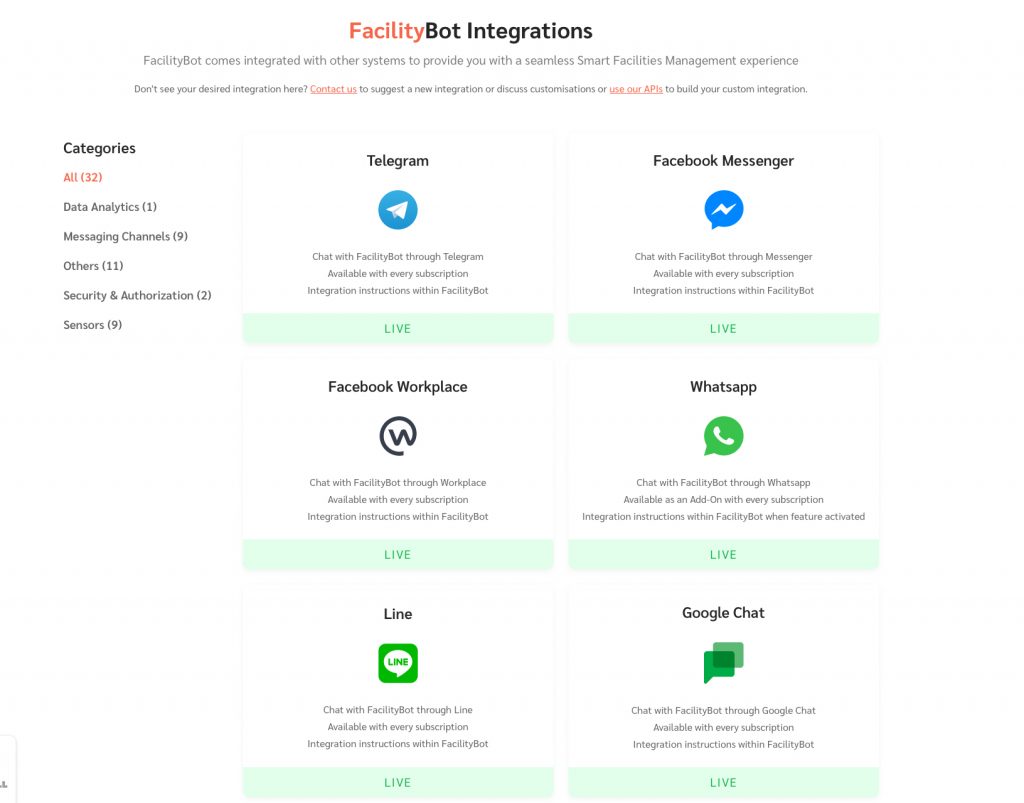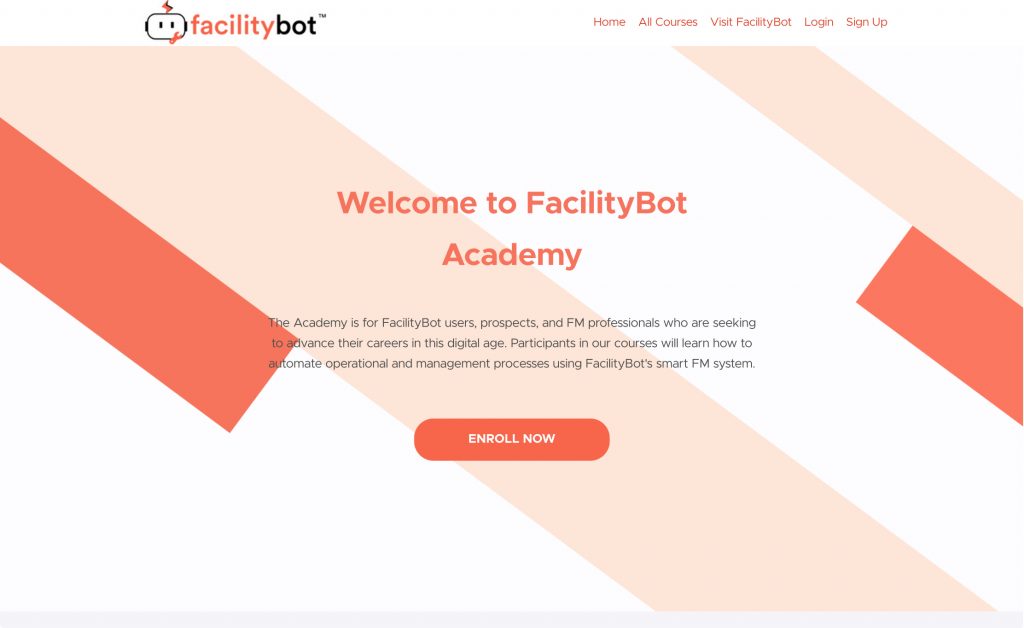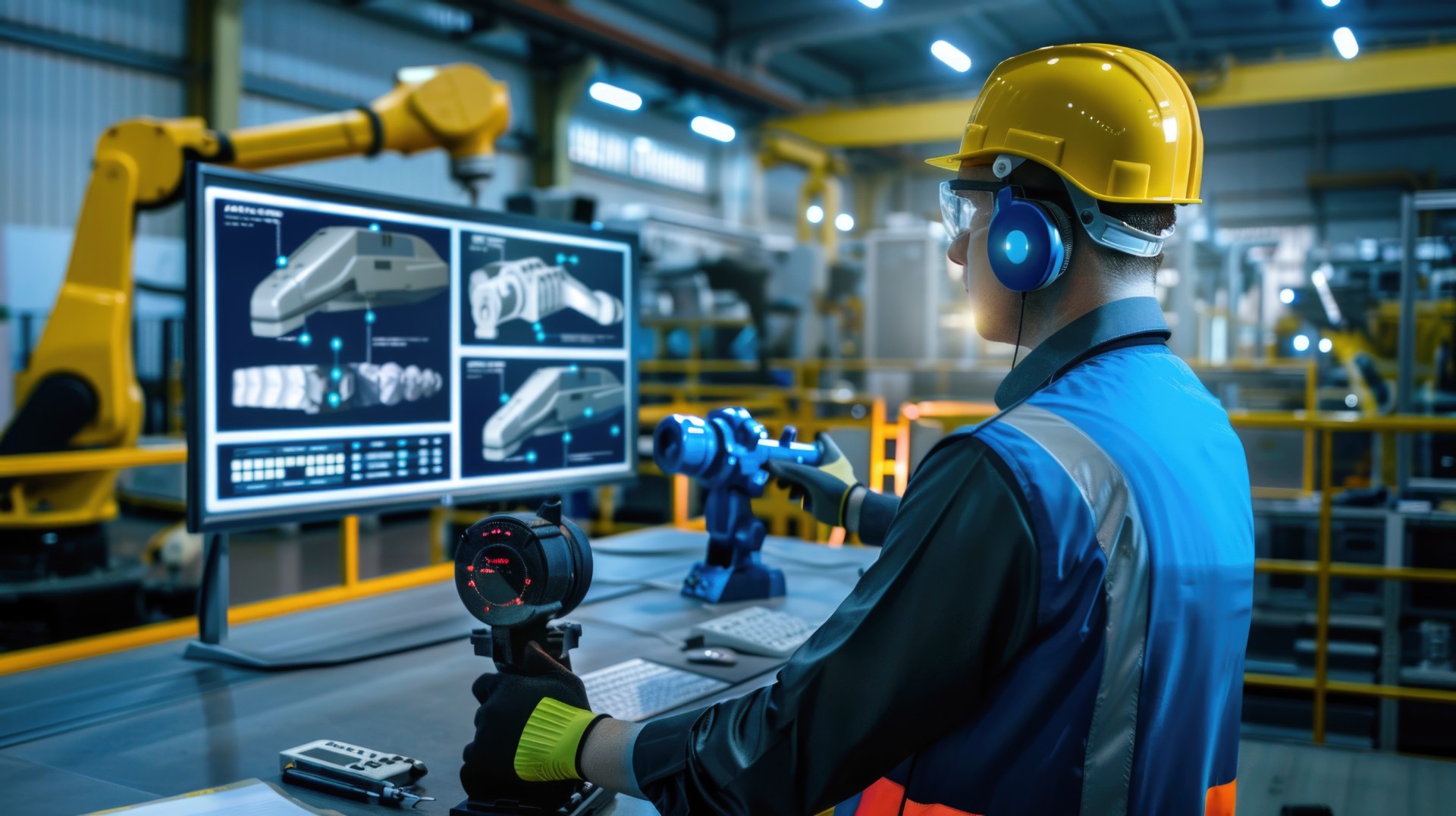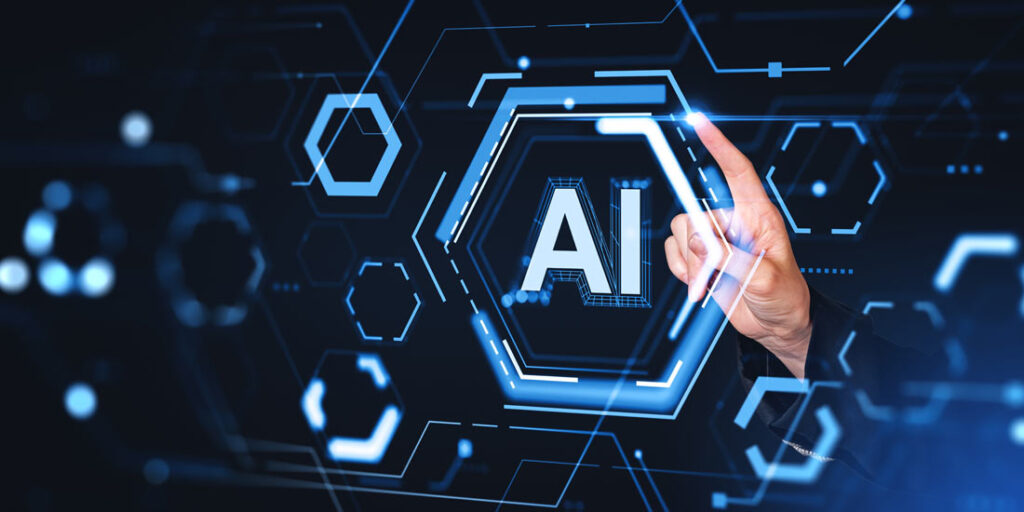Managing a facility efficiently depends on having the right tools in place. A Computerized Maintenance Management System (CMMS) helps organize tasks, manage equipment, and improve overall maintenance. With so many options on the market, it’s important to choose software that fits your needs. Here’s a guide to the most important features to look for in CMMS software:
When selecting CMMS software, ease of use should be a top priority. Complicated systems can slow down work and require a lot of training. A good CMMS should have a simple, clean design that makes it easy for users to find what they need quickly. Whether it’s creating work orders or viewing maintenance schedules, users should be able to perform tasks without much hassle.
When the interface is straightforward, team members can learn how to use the system faster. This means less time spent on training and more time focused on getting the job done. A system that’s easy to navigate will lead to quicker adoption and more efficient workflows.
2. Mobile Access for On-the-Go Management
Having mobile access is essential in today’s maintenance environment. Maintenance teams are often spread out across different locations, responding to issues as they arise. A CMMS that works on mobile devices allows facility managers and technicians to track work orders, update task statuses, and access information from anywhere.
With mobile access, technicians can log updates in real-time, which improves communication across the team. It ensures that everyone stays informed and tasks are completed faster. This feature is key for modern maintenance teams looking to increase efficiency and respond to issues quickly.
3. Asset Management for Better Oversight
A strong CMMS software should offer tools to track and manage assets efficiently. Keeping track of equipment, vehicles, and other assets is crucial to maintaining smooth operations. A good system will allow users to view an asset’s history, including past repairs, inspections, and downtime.
By tracking assets through a CMMS, organizations can plan maintenance schedules, reduce the chances of equipment failure, and extend the lifespan of their assets. This not only improves efficiency but also saves money in the long run by preventing costly breakdowns.
4. Automated Preventive Maintenance Scheduling
Preventive maintenance is the cornerstone of effective facility management. CMMS software should make it easy to schedule routine maintenance tasks for all assets. This helps ensure that equipment stays in good working condition and prevents unexpected breakdowns.
With automated scheduling, the system will generate reminders when maintenance is due. This reduces the need for manual tracking and ensures that nothing falls through the cracks. Automating these tasks improves the overall efficiency of the facility and reduces downtime by catching potential issues early.
5. Detailed Reporting and Analytics
Data is key to making informed decisions, and a CMMS should provide detailed reports and analytics. Facility managers need to track performance metrics such as equipment uptime, maintenance costs, and response times. Having access to this data allows managers to identify trends and make adjustments to improve operations.
Good CMMS software will offer customizable reports that can be generated based on specific needs. This helps managers make data-driven decisions, optimize maintenance strategies, and allocate resources more effectively.
6. Seamless Integration with Other Systems

The ability to integrate with other software systems is another important feature to consider. A CMMS that can connect with systems such as inventory management, procurement, or accounting software creates a more streamlined workflow.
By integrating different platforms, facility managers can get a complete view of all operations in one place. This not only saves time but also ensures that information is consistent across systems, reducing the risk of errors.
7. Support and Training for Users

No matter how easy the CMMS is to use, good support and training are still essential. Look for a provider that offers ongoing customer support and training resources. Whether it’s an online knowledge base or access to live customer service, having help when needed ensures that users can resolve any issues quickly.
Good training resources will also help new users get up to speed, ensuring that the software is used to its full potential. This reduces the risk of downtime caused by errors or misunderstandings in using the system.
Wrapping It Up
Selecting the right CMMS software can make all the difference in how well facility management tasks are handled. By focusing on these key features, you can ensure that your organization chooses a system that streamlines operations, improves asset management, and ultimately increases efficiency.
FacilityBot offers all these features and more, making it a great option for organizations looking to optimize their facility management processes.




